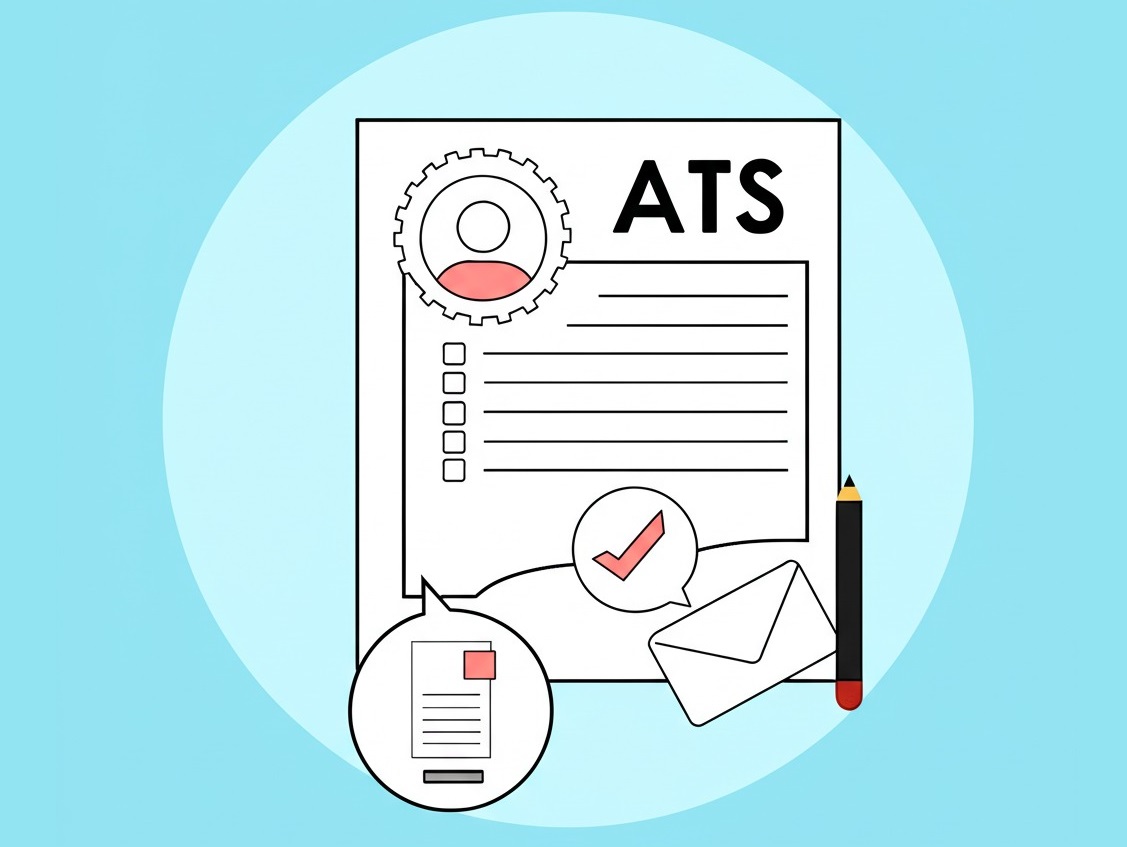When applying for jobs in today's digital age, many candidates remain unaware of the crucial role that Applicant Tracking Systems (ATS) play in the hiring process. ATS software has transformed the way companies handle recruitment by automating the initial screening of CVs, ensuring that only the most relevant candidates make it to the next stage. This blog post delves into what an ATS is, how it works, and why understanding it is essential for job seekers.
What is an ATS?
An Applicant Tracking System (ATS) is a software solution that helps employers manage the recruitment process. It collects, stores, and sorts CVs, making it easier for hiring managers to search for specific keywords, skills, and experience. Rather than manually sifting through hundreds (or even thousands) of CVs, recruiters can rely on the ATS to identify the best matches for a given job opening.
ATS platforms are used by companies of all sizes—from startups to large multinational corporations. They are designed to streamline hiring, reduce human error, and speed up the recruitment process. In effect, the ATS serves as the first barrier that job applicants must cross to get their CVs seen by human eyes.
How Does an ATS Work?
An ATS scans and parses CVs for important details. Here’s a closer look at the process:
Scanning and Parsing
When you submit your CV, the ATS first scans it for relevant information such as:
- Contact details
- Work history
- Education
- Skills and certifications
The system then “parses” this information, breaking it down into categories that can be easily searched. If the CV is formatted in a non-standard way (using tables, columns, or graphics), the parsing process might fail to extract some details correctly.
Keyword Matching
One of the most critical functions of an ATS is its keyword matching capability. Employers often input specific keywords and phrases that relate to the job role—such as “project management,” “data analysis,” or “customer service.” The ATS checks your CV against these keywords, and CVs that incorporate them effectively are more likely to rank higher.
Ranking Candidates
Based on the keyword matching and the overall structure of your CV, the ATS assigns a score or rank to each application. CVs that align closely with the job description are moved to the top of the pile, while those that do not meet the criteria may never be reviewed by a hiring manager.
Formatting and Layout
A clean, straightforward CV layout helps ensure that the ATS can accurately parse all relevant details. Simple formatting, standard fonts, and clearly labeled sections (e.g., Work Experience, Education, Skills) contribute to better performance in the ATS screening process.
Why is an ATS Important for Job Seekers?
Understanding ATS is crucial because it directly influences whether your CV reaches a human recruiter. Even if you have the perfect qualifications, a CV that isn’t ATS-friendly might never be seen. Here are some reasons why ATS matters:
- Efficiency: With the high volume of CVs submitted for every job opening, ATS software helps recruiters quickly identify candidates who best fit the role.
- Keyword Sensitivity: If your CV doesn’t include the right keywords, it may be filtered out before a person even has the chance to review your qualifications.
- First Impressions: Your CV's format and layout can significantly impact your chances of passing the initial automated screening.
Tips to Optimize Your CV for ATS
To improve your chances of making it past the ATS, consider these best practices:
-
Use Relevant Keywords:
Carefully review the job description and incorporate relevant keywords throughout your resume. Focus on industry-specific terminology and skills that match the requirements. -
Choose a Simple Format:
Avoid using complex layouts such as tables, columns, or graphics that can confuse the ATS. Stick to standard headings like “Work Experience,” “Education,” and “Skills.” -
Use Standard Fonts and Formatting:
Use common fonts like Arial, Calibri, or Times New Roman, and maintain consistent formatting. Avoid excessive use of bold or italics, which might disrupt the parsing process. -
Avoid Special Characters and Headers:
Special characters and creative headers might not be recognized correctly. Stick to plain text for crucial information. -
Test Your CV:
Use free online ATS CV checkers to see how your CV performs. These tools can offer insights on which areas need improvement before you submit your application. -
Tailor Your CV:
Customize your CV for each job application. Even slight modifications to match the job description can make a big difference in ATS ranking.
Related reading: How to Write a CV
Common Mistakes to Avoid
Even with a strong CV, certain pitfalls can hurt your chances with an ATS:
-
Overusing Keywords:
While keywords are important, stuffing your CV with them can make your content seem unnatural. Aim for a balance between optimization and readability. -
Complex Formatting:
Infographics, unusual fonts, and multi-column layouts may look attractive but can hinder ATS readability. Keep it simple. -
Ignoring the Job Description:
Each job description is different. Failing to tailor your CV accordingly might result in a lower ATS score.
Conclusion
Understanding and optimizing for ATS is no longer optional—it's essential for job seekers in today's competitive market. By using relevant keywords, choosing a clean format, and avoiding common pitfalls, you can significantly improve your chances of passing the automated screening process and landing that crucial interview.
Wondering if your CV can get past ATS and capture hiring managers’ attention? Get a free CV review! from our experts and optimize your application today!





